
Even as the fusion era dawns, Australia is still in the Steam Age
Steam locomotives clattering along railway tracks. Paddle steamers churning down the Murray. Dreadnought battleships powered by steam engines.

Steam locomotives clattering along railway tracks. Paddle steamers churning down the Murray. Dreadnought battleships powered by steam engines.
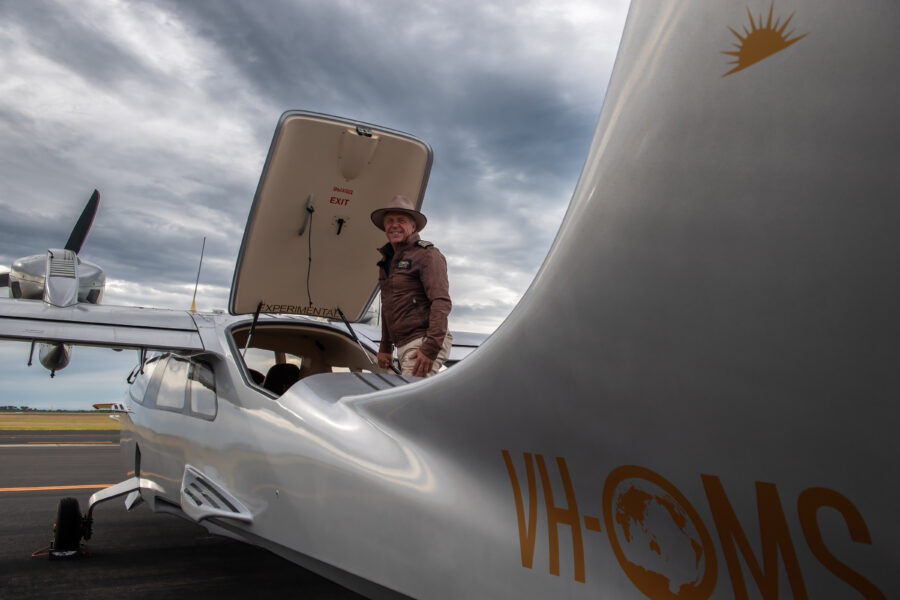
Michael Smith is embarking on a high-flying marathon – recreating the legendary journey that became part of Australia’s avaiation history a century ago.

Award-winning flyer Michael Smith will recreate a significant milestone in Australia’s aviation history with a solo circumnavigation of the continent.
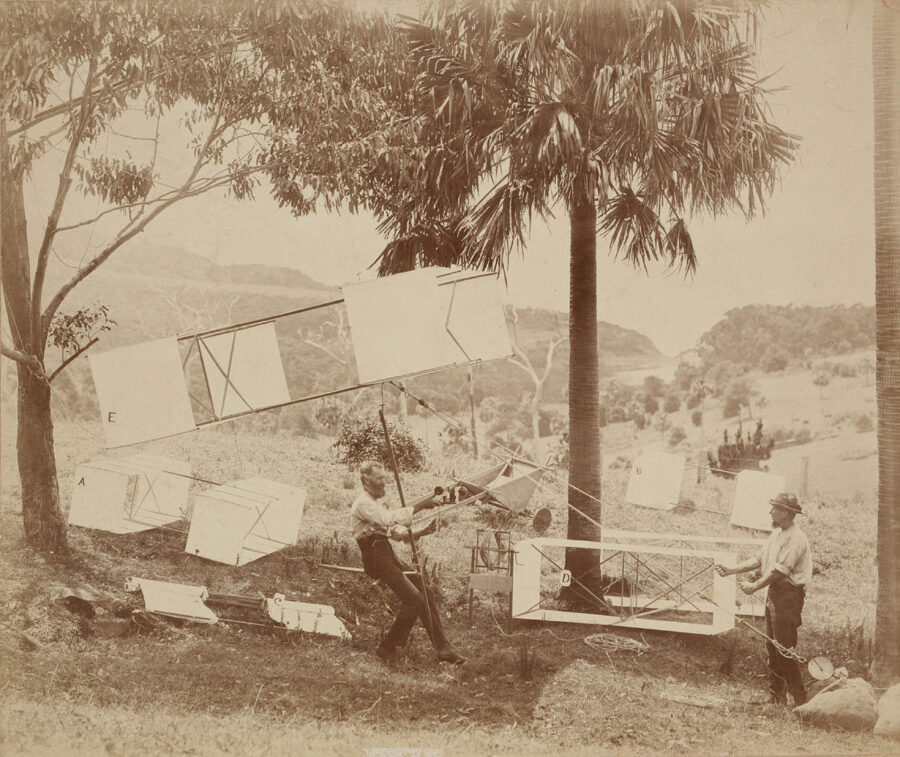
1894: Lawrence Hargrave lifts off in his box kite at Stanwell Park.
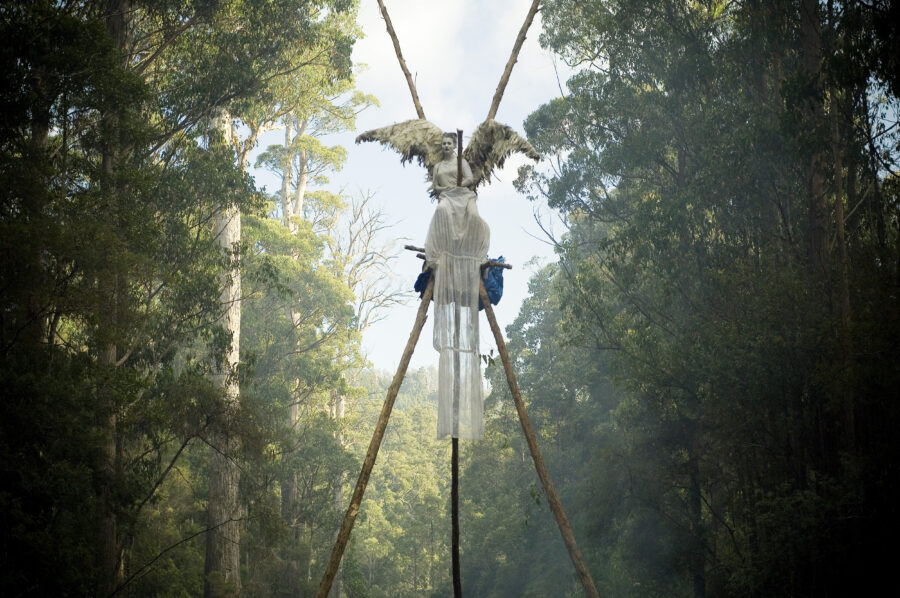
Matthew Newton’s haunting image became a potent symbol of the anti-logging movement that helped save Tasmania’s Weld Valley forest.

The overwhelming feeling you have after watching the new movie The Giants is that modern Australia would be a much different place without Bob Brown.

Dulcie Holland is best known for her books on music theory. But in a career spanning nearly 70 years, she also composed music for documentaries promoting Australia’s postwar immigration strategy.
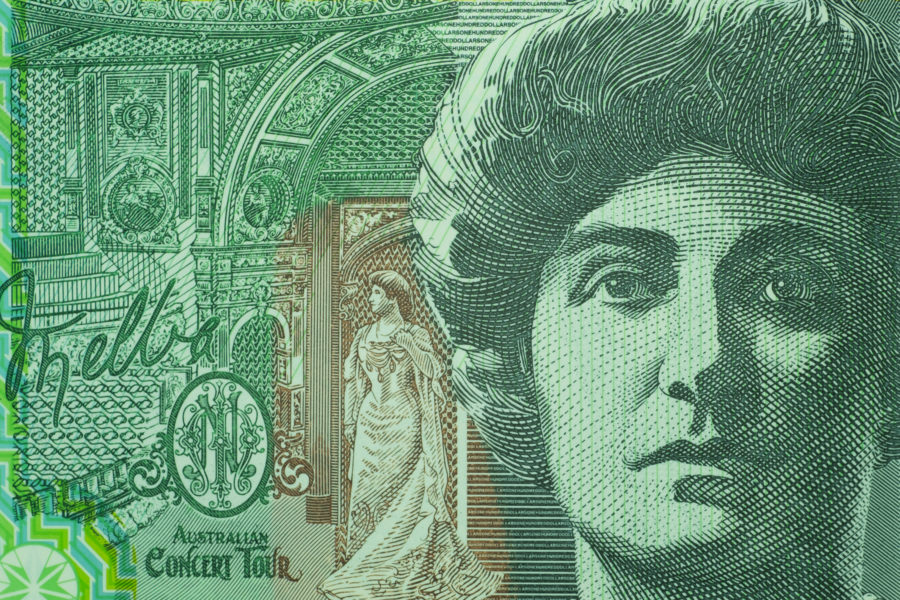
We are the only country to feature a woman on every banknote. Will this change with the passing of the Queen?
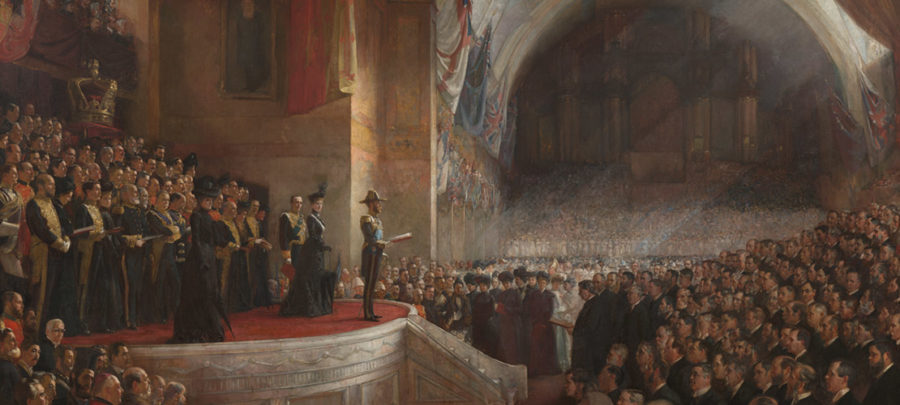
1889: A national Australian art movement emerges.
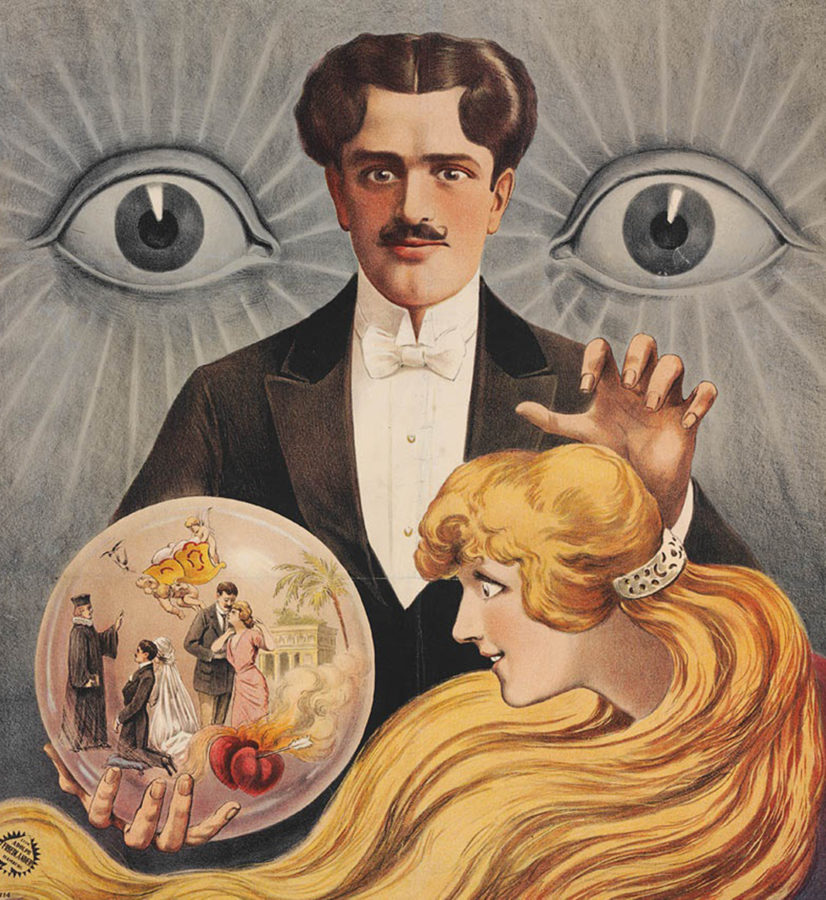
Roll up, roll up, step behind the velvet curtain, and take a trip back in time to Australia’s Golden Age of Magic.